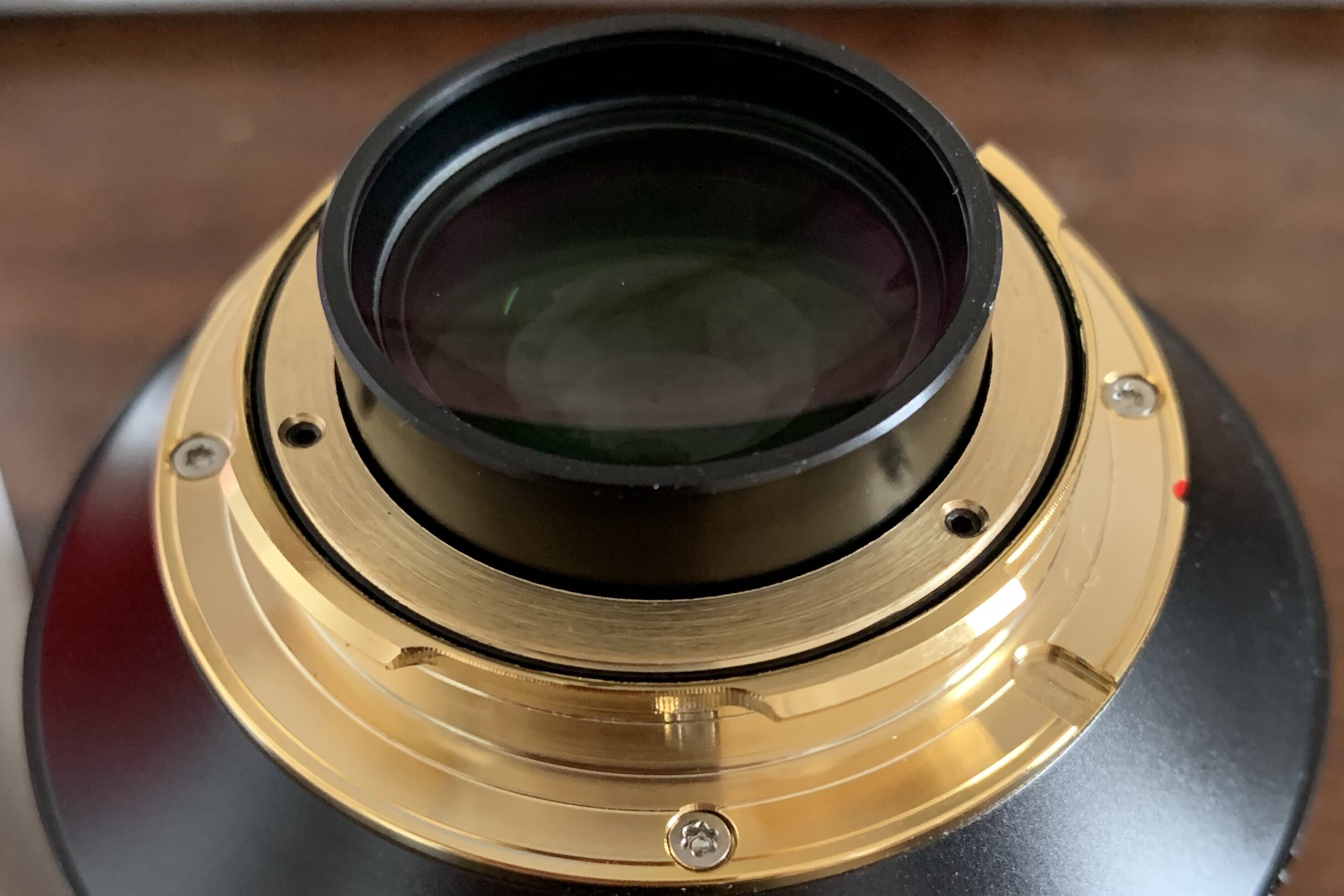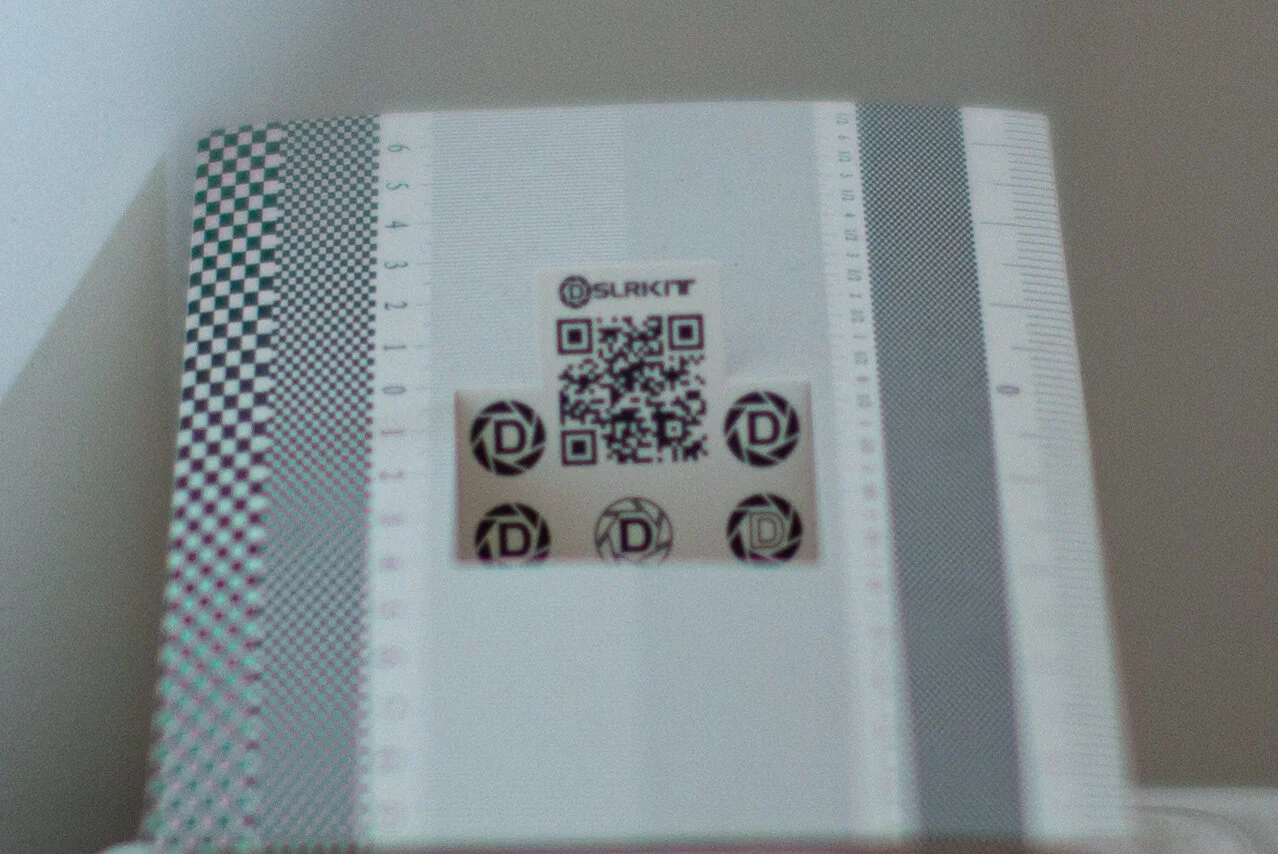Calibrating focus on the TTArtisan 50mm 0.95
Leica, Zeiss and Voigtlander are the three brands I have shot on my Leica M-P typ 240. Most lenses focused perfectly with the rangefinder, including the two copies of the Voigtlander Nokton 50mm 1.2 Aspherical VM and the Voigtlander Nokton 50mm 1.1 VM. But it’s not always that easy.
The rangefinder is a complex, high precision opto-mechanic device and it requires very precise calibration: the camera and the lens are two separate mechanical devices that have to work together with really low tolerances to achieve perfect focus. If the rangefinder or the lens are not calibrated well the rangefinder mechanism can’t achieve precise focusing.
Image taken from http://leicaphilia.com/how-a-rangefinder-works/
Every single Zeiss ZM lens I used (9 of them) was perfectly calibrated. So were most Voigtlanders: I had 15 of them of which 5 were screw mount, and all but three focused perfectly. Leica? I used 10 of them and had issues with one.
Throughout this series of lenses I had to calibrate my rangefinder a few times, so the issues I had with some of these lenses might have been the camera’s fault, but I can’t say for sure.
The only real issue I had that I can prove was due to the lens was the Leica Summilux 50mm 1.4 E43 reviewed here: that lens was just off, and not by a small margin. This was clear when I had both that lens and the Voigtlander Ultron 35mm 1.7 Aspherical VM: they just wouldn’t agree on focusing, there was a difference of centimetres on close focus and more on far focus. I thought the problem was the Ultron, because the Summilux was spot on, until I had a Leica Elmarit 28mm 2.8 Asph in hand and it agreed perfectly with the Ultron. I decided to check if the camera rangefinder was ok, and it was slightly off. Fine tuning the rangefinder I ended up having all the lenses in my possession (5 or 6 at the time) agreeing on focus except the Summilux E43. It just was completely off compared to everything else. I had it checked and had a CLA (Clean, Lubricate and Adjust) but that didn’t solve the problem.
Why am I telling you all this? Because at times I wish all lenses had the chance to be user-calibrated like the TTArtisan 50mm 0.95 and its siblings do!
The TTArtisan lenses for Leica M mount, like the 7Artisans before them, all come with a small allen key to finely tune the focusing calibration.
The other side of the coin is that with this feature there is a likelihood that these lenses won’t have such a high quality control (QC) out of the factory. If you read on the web there are very few reports about TTArtisan and 7Artisans lenses being perfectly calibrated out of the box.
I want to spend a few words about QC: there are reports about lenses leaving the factory with dust and hairs already inside the optical cell, which is quite incredible in my opinion. In my case there was an even worse problem: at first I thought I had a lens with a grinding issue on one of the optical elements, visible in the highlight bokeh balls as seen in the lens review here. I will share the picture again:
Defective optics? See the streak across the bokeh balls.
Then someone suggested I had a look through the lens to see if there was debris or something else: I was in for a nasty surprise. From the front I saw a lot of scratches on the glass but I couldn’t determine on which element. Certainly towards the rear of the optical cell. Then I turned the lens around and found that the concave rear surface of the rear element was really scratched in circular patterns:
Wow…forgive the bad quality, this was taken with the iPhone
You might notice on the lower right side of the rear element the pattern visible in the bokeh balls: that’s not a scratch, I think I was right about a grinding issue. What in the world have they done to this lens element in the factory? Played air hockey with it? Unbelievable. You might have surmised that this particular copy of the TTArtisan 50mm 0.95 was headed straight back to the seller at that point. But let’s get back to the main subject of focus calibration.
I don’t mind the idea of calibrating the lens to my rangefinder when I buy it, it’s like setting up your smartphone before being able to use it. But the smartphone setup can go wrong, and when it does it can go horribly wrong.
Having a digital Leica M the calibration should have been a doddle, and this is where reality and expectation diverged. Quite considerably.
First: such a well presented product, the most expensive in their lineup, and they don’t even print a focus calibration chart dedicated to it? I mean, how much will that impact the final product price? They supply the focus chart for the TTArtisan 35mm 1.4 (review coming shortly!):
Just a detail: they show two screws here that need to be loosened and tightened again. The 50mm 0.95 has three.
I wouldn’t mind it the chart was fully functional, but it just isn’t fit for purpose if you want precise focusing. It has a focusing target that is honestly terrible:


This probably works for a 35mm 1.4, but the TTArtisan 50mm 0.95 has a depth of field (DOF) of 9cm at 2 meters (more on this later). The black cross inside the circle is probably around 1cm in depth. Even with the EVF or live view and a tripod it’s impossible to get precise reference for the point of focus with this chart. Thus I had to revert to my own focusing charts.
The other issue lies in the instructions about how to correct and how much to turn that flange for adjustment. Again, a 35mm 1.4 and a 50mm 0.95 have vastly different corrections levels, and the suggestions in the instructions are way too much for the lens in hand. Have a look at the instructions on the focus chart itself: if you follow that reference amount of turning according to where the lens is focusing you are in for some surprises! I never expected to follow these indications to the letter given that the lens was such a different one but I think a dedicated set of instructions should be supplied.
Of note is the fact that the the allen key was difficult to get into the screw heads to loosen or tighten them, and one of the screws was not straight. QC again and really cheap parts.
So at this point I was guessing the turning amounts. and that’s where the second issue came in: I was calibrating the lens at 2m distance as suggested, and then trying different distances to check if I had gotten it right.
At this point I started reviewing my swear word vocabulary. Thoroughly. With a passion.
The TTArtisan 50mm 0.95 has a DOF of 9cm at 2m distance, 2cm at 1m, 1.4cm at the 0.7m minimum focusing distance (MFD). We are getting a DOF of 20cm at 3m and at 10m the DOF is 2.3m. I tried all these distances, trusting that calibrating it well at 2m would be all.
No dice.
The trouble is, I set up two focusing charts, one at 2m and one at MFD of 0.7m. I would try to calibrate for 2m, and then try both distances before starting to focus on anything that crossed my path to see how it worked. The MFD would always be off. And I mean really off. See here:
Talking about 9cm of DOF wide open, notice how it’s not that easy to nail it on the chart. 9cm is also theoretical: portraits are a lot more sensitive than that and getting the eyes in sharp focus requires perfect calibration even at this distance.
The main issue
I kept on blaming my self for keeping on getting it wrong. But could I be so dumb? Before anyone starts nodding, please hear me out: I noticed the pattern. If I adjusted focus for 2m, MFD would be past the target. If I tried tuning it for MFD, the 2m focus plane was too close, and so were all other distances. There was no compromise to be found, way too much shifting of the plane of focus with MFD.
I decided to send a message to TTArtisan themselves: Michelle was kind enough to try and work with me, but I never got a straight answer to the question “is this an inherent optical property of this lens design?”. They first directed me to their Youtube video about calibrating focus on the TTArtisan 50mm 0.95 - they definitely thought I was that dumb - but it turned out that the video was again for the 35mm 1.4 and I was not so dumb after all: I was doing exactly as instructed. Then they recommended I calibrated at 1.5m instead of the recommended 2m. Nope, no dice. Then they told me to calibrate at F1.1, because F0.95 was too “sensitive”: wait, what?
The closer answer to my question about the optical design was that yes, lenses tend to focus shift when stopped down. Stopped down? Damn, they must have though I am a proper idiot! And please stop nodding everyone…
At the end no straight answer came from TTArtisan, notwithstanding that Michelle was really trying, but I don’t think the technicians and designers understood my plight.
The matter is not complicated.
The TTArtisan 50mm 0.95 shifts the focus plane backwards by 2cm at MFD. Plain and simple.
This led me to two conclusions:
I am not that stupid. My self esteem started peeking out of the gutter again.
This lens can’t be focused reliably with a rangefinder for portraits under 2m distance.
You can calibrate it for a closer distance, but you better choose the distance you’re most likely to use all the time. And forget about getting focus right at longer distances. Or just accept that you have to either rock backwards by an arbitrary amount according to the camera to subject distance if under 2m, or just use an EVF/mirrorless camera to eliminate the issue.
Me? Neither option is acceptable to me. The TTArtisan 50mm 0.95 went back to the seller and I don’t miss it.
Previous comments:
The focal length of the lens is probably wrong. For a lens this fast: focal length has to agree almost perfectly with the Cam used to transfer focus mothion to the camera.
Brian, sorry for not getting back to you: thank you for the comment, and for shedding light on a possible cause for this problem!










